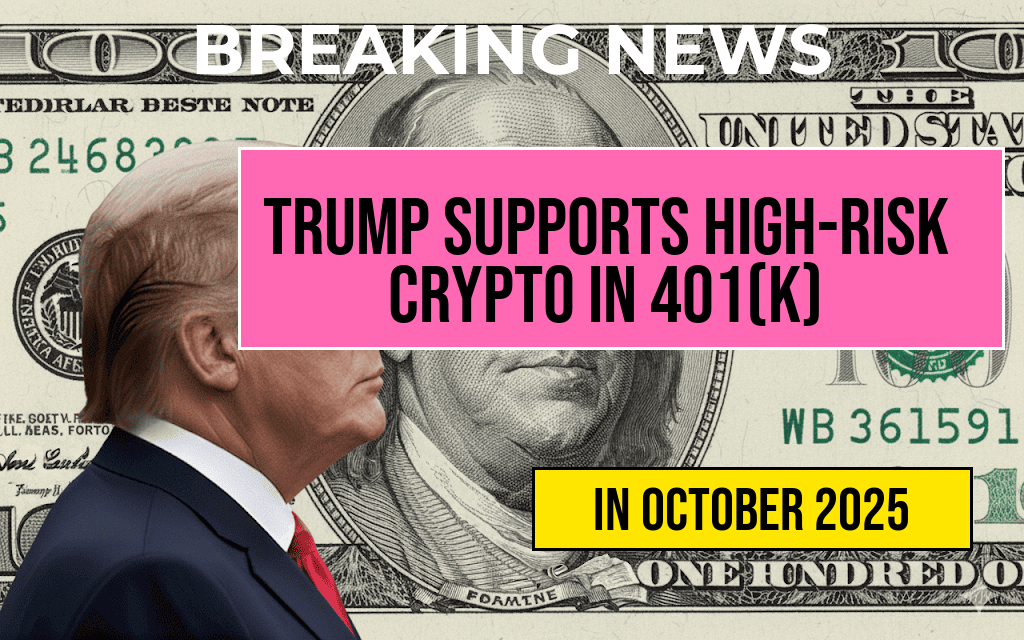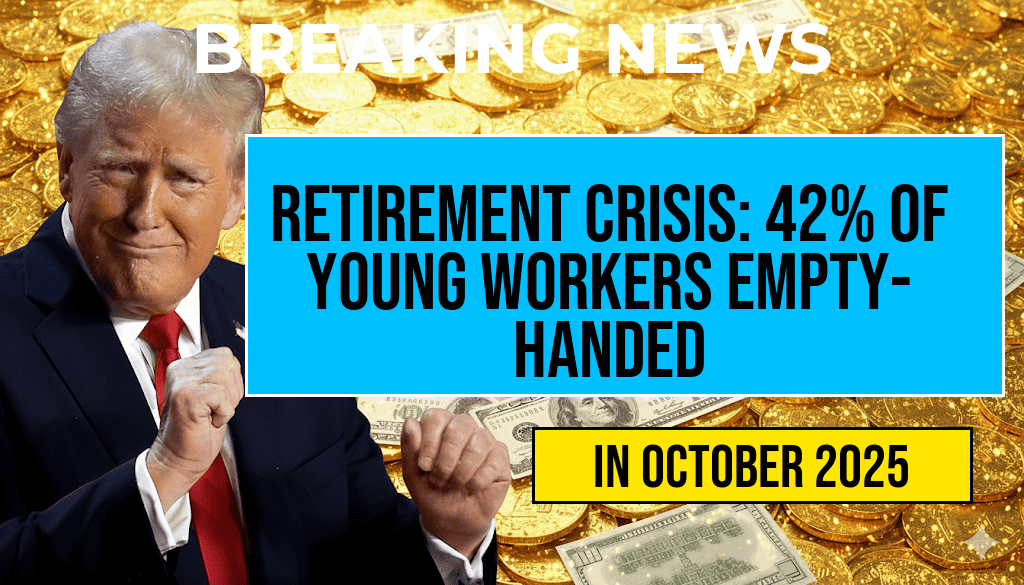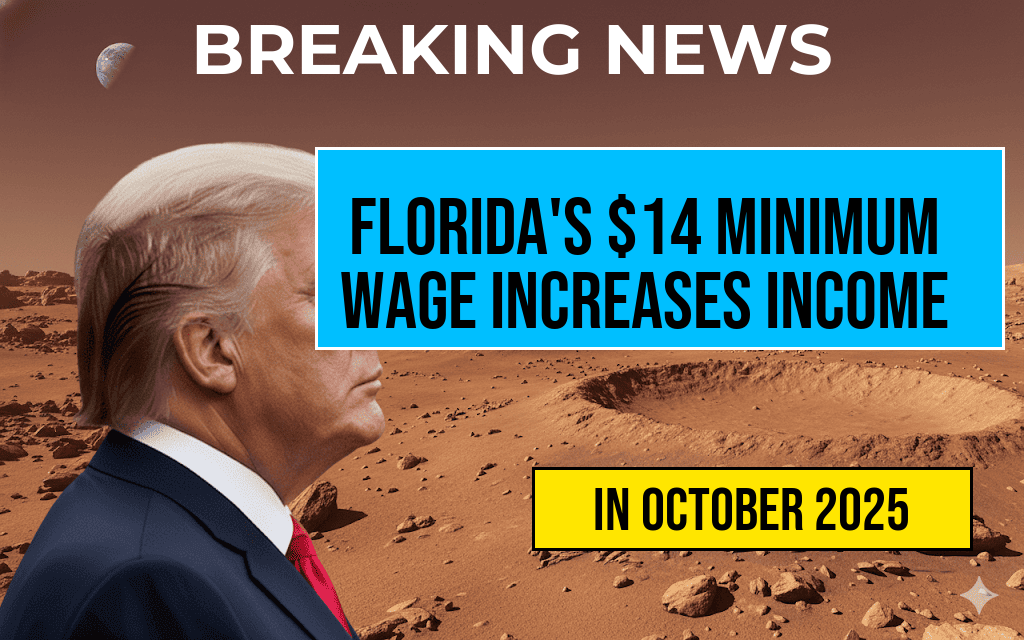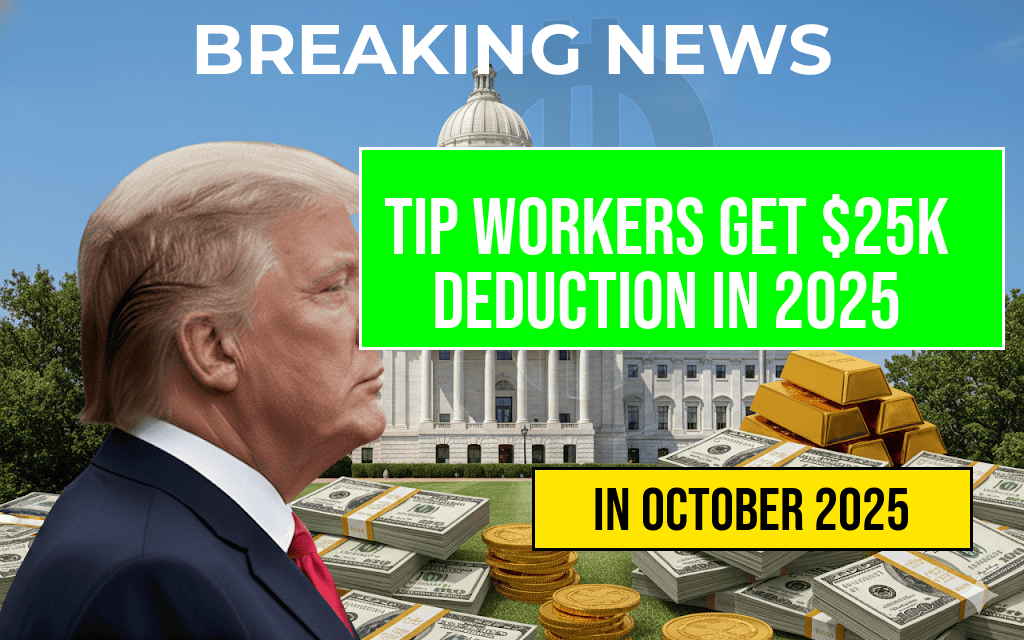Former President Donald Trump has recently proposed a significant shift in retirement investment policies, advocating for the inclusion of high-risk cryptocurrencies within 401(k) plans. His proposal would allow Americans to allocate a portion of their retirement savings into digital assets, a move that could dramatically alter the landscape of long-term investing. While supporters argue that this could unlock new growth opportunities and increase retirement account diversification, critics warn of the substantial risks associated with volatile assets like Bitcoin and other cryptocurrencies. The proposal has ignited debate among policymakers, financial advisors, and retirement plan administrators about the prudence and potential consequences of integrating such speculative investments into traditional retirement portfolios. As the conversation unfolds, stakeholders are closely examining the implications for investor protection, market stability, and the future of retirement planning in the digital age.
Background on Cryptocurrency and Retirement Investment Policies
Cryptocurrencies have experienced rapid growth and increased mainstream acceptance over the past decade, with Bitcoin leading the way as the most prominent digital asset. Despite their rising popularity, cryptocurrencies remain highly volatile and speculative, raising questions about their suitability for long-term retirement investments. Currently, the majority of 401(k) plans and other employer-sponsored retirement accounts prohibit or restrict investments in digital assets, citing concerns over price swings, regulatory uncertainties, and security issues.
However, in recent years, some financial institutions and policymakers have explored ways to incorporate cryptocurrencies into diversified investment strategies. The debate centers around whether digital assets can offer meaningful returns that justify their risks, especially for investors planning decades ahead. The Securities and Exchange Commission (SEC) continues to grapple with establishing clear regulations around digital assets, influencing how retirement plans might adapt in the future.
Details of Trump’s Proposal
Expanding Investment Options in 401(k) Plans
Donald Trump’s recent proposal suggests allowing 401(k) plan participants to allocate a small percentage—potentially up to 5%—of their retirement savings into cryptocurrencies. This move would require amendments to existing federal regulations overseen by the Department of Labor (DOL), which currently restricts the inclusion of high-risk assets in retirement accounts.
Under the proposed framework, plan administrators could offer cryptocurrency investment options through approved funds or direct purchase mechanisms, subject to heightened disclosure and risk warnings. Trump argues that this approach would empower investors to diversify beyond traditional assets like stocks and bonds, potentially capturing the high-growth potential of digital currencies.
Rationale Behind the Proposal
- Encourage innovation and modernization of retirement investing.
- Provide opportunities for higher returns in a low-interest environment.
- Allow investors to participate in emerging financial markets.
In a statement, Trump emphasized that Americans should have greater control over their retirement assets and access to new investment avenues. Supporters contend that allowing cryptocurrencies in 401(k)s could democratize access to digital assets and foster financial literacy among retirement savers.
Potential Benefits and Risks
Potential Advantages
- Increased diversification, potentially reducing exposure to traditional markets.
- Opportunity for significant growth if digital assets perform well.
- Enhanced flexibility in retirement planning options.
Key Concerns and Challenges
- Volatility: Cryptocurrencies are known for dramatic price swings, which could jeopardize retirement savings.
- Regulatory Uncertainty: Lack of comprehensive regulation may expose investors to fraud or market manipulation.
- Security Risks: Digital asset storage concerns, including hacking and loss of private keys, pose significant threats.
- Potential for Losses: High-risk investments could lead to substantial financial setbacks, especially if a market downturn occurs.
Financial experts warn that the inclusion of cryptocurrencies in retirement portfolios should be approached with caution, emphasizing the importance of investor education and risk management strategies.
Industry and Policy Reactions
Supporters’ Perspective
Proponents, including some crypto advocates and financial reformers, see the proposal as a step toward modernizing retirement savings and embracing innovation. They argue that investors should have the autonomy to choose high-risk assets, especially as digital currencies become more integrated into the broader financial system.
Opposition and Concerns
Critics, including consumer advocacy groups and traditional financial institutions, express concern that introducing high-risk assets could undermine the stability of retirement accounts. They cite past market crashes and the unpredictable nature of digital currencies as reasons to exercise caution. Some lawmakers also question whether the regulatory framework is prepared to handle a surge in crypto-based retirement investments.
Additionally, the U.S. Department of Labor has historically maintained strict guidelines against including cryptocurrencies in retirement plans, citing fiduciary responsibilities and investor protection concerns.
Next Steps and Outlook
| Stage | Key Actions | Implications |
|---|---|---|
| Proposal Review | Public comment period, stakeholder consultations | Gathering feedback from industry, regulators, and consumers |
| Regulatory Amendments | Possible rule changes by the Department of Labor | Defining permissible digital asset investments in retirement plans |
| Implementation | Plan administrator adoption, investor education | Introduction of crypto options in select 401(k) plans |
The debate surrounding crypto’s role in retirement accounts is poised to intensify, with policymakers weighing the potential for innovation against the need for safeguards. As digital assets continue to gain prominence, the push to integrate them into traditional financial vehicles reflects broader shifts toward digital finance and alternative investments. Stakeholders are closely monitoring regulatory developments and industry responses to determine whether this bold proposal will reshape the future of retirement investing in the United States.
Frequently Asked Questions
What is the main proposal regarding high-risk crypto investments in 401(k) plans?
Former President Donald Trump advocates for allowing high-risk crypto investments within 401(k) retirement plans, aiming to give investors more options to diversify their retirement portfolios.
Why does Trump believe including crypto in 401(k) plans is beneficial?
Trump argues that allowing crypto investments in 401(k) plans could potentially lead to higher returns and provide retirement investors with access to emerging asset classes, fostering greater financial growth.
What are the potential risks associated with adding high-risk crypto assets to retirement plans?
Adding high-risk crypto investments to 401(k) plans introduces concerns about market volatility, regulatory uncertainties, and the lack of established safeguards, which could jeopardize retirement savings.
How might this proposal impact the regulation of retirement investment options?
This proposal could lead to increased regulatory oversight and the development of new guidelines to ensure investor protection while allowing more diversification options within retirement plans.
What has been the response from financial regulators and industry experts?
Many regulators and industry experts express caution, highlighting the need for thorough risk assessments and regulatory frameworks before integrating high-risk crypto assets into 401(k) plans.






